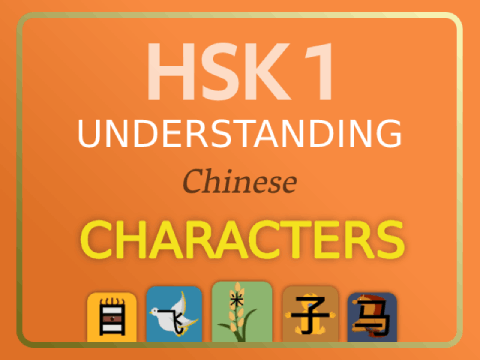Beginner Guide to Chinese characters
Unit 1
Unit 2
Unit 3
Unit 4
Unit 5
Unit 6
Unit 7
Unit 8
Unit 9
Unit 10
Unit 11
Unit 12
FIRST 20 PURCHASES GET 20% OFF. USE CODE: FIRST20
Character: 在 (zài) to be (in/at)

A pile of soil outside of a house
| Pinyin | zài | ||
|---|---|---|---|
| Meaning | to be (in/at); to exist | ||
| Radical | 土 | 繁體字 | same |
 |
土 |
writing patterns, not components

Breakdown
在 (zài) “to exist” consists of two parts. The one on the left top is a phonetic component that is derived from 才 (cái) “ability.” The other is the radical 土 (tǔ) “soil,” representing the essential element for things to exist on earth. Today, 在 (zài) is mainly used to show the location or time where something exists, meaning “to be (in/at).”
Used as a morpheme/word
在 (zài) can be used as a word itself, but only when it states a location, times, or state. Otherwise, it is a morpheme.
Wordlist
- HSK 1: 现在 (xiànzài) now
- HSK 1: 在 (zài) to be (in/at)
- HSK 2: 正在 (zhèngzài) to be (doing) right now
- HSK 4: 实在 (shízài) in reality
- HSK 5: 存在 (cúnzài) to exist
How to pronounce
This character sounds like the connected ds-eye of “kids eye,” but the s is not voiced.
| 4th | Pinyin | Yale | IPA |
|---|---|---|---|
| Initial | z- | dz | [ts] |
| Final | -ai | ai | [aɪ] |



